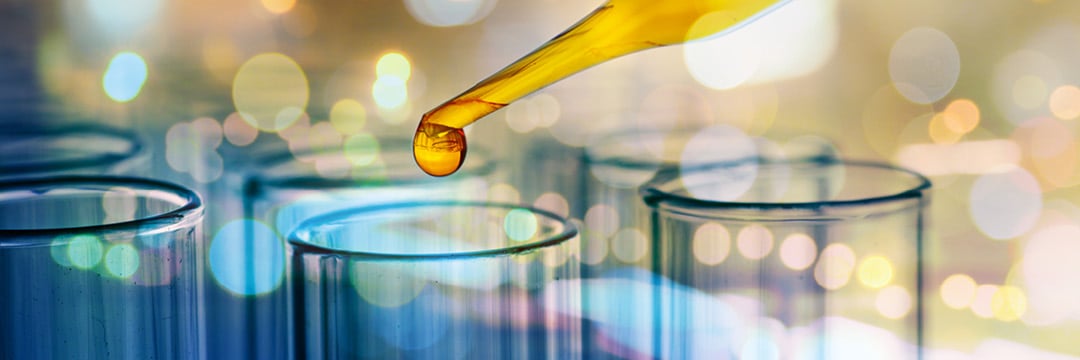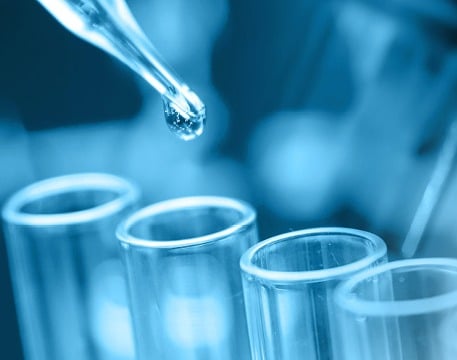
Why should I underload SLE+ plate or cartridge?
Clinical, Forensic and Doping Testing
Underloading your SLE+ samples can result in better partitioning and cleaner samples.

Clinical, Forensic and Doping Testing
Underloading your SLE+ samples can result in better partitioning and cleaner samples.

Clinical, Forensic and Doping Testing
Understanding the chemical properties of the compounds in your sample matrix, is necessary for successful method development in Sample prep.

Clinical, Forensic and Doping Testing
Learn more about how Supported Liquid Extraction works and the proper way to do an SLE extraction for sample clean up.

Clinical, Forensic and Doping Testing
Using the “pH rule of 2” and knowing the pH at which your analytes are charged can produce cleaner samples by using mixed mode ion exchange ...

Clinical, Forensic and Doping Testing
This post explains the differences between anionic and cationic SPE exchange phases and how optimize an extraction protocol using them.

Clinical, Forensic and Doping Testing
SPE of strong acids and bases is done by mixed mode weak ion exchange, using pH to change the charge state of the sorbent instead of the ...

Clinical, Forensic and Doping Testing
This blog describes advantages and disadvantages of the analysis of large panel of drugs that contains compounds from multiple drug classes.

Clinical, Forensic and Doping Testing
The ACT Adapter reduces crosstalk of volatile drugs like amphetamines which can cause false positive results and re-extraction of clinical ...

Clinical, Forensic and Doping Testing
This blogs describes how to do systematic sample prep method development for clinical LC-MS/MS assays.

Clinical, Forensic and Doping Testing
Comparison of two sample prep techniques: protein precipitation vs. traditional protein crash.